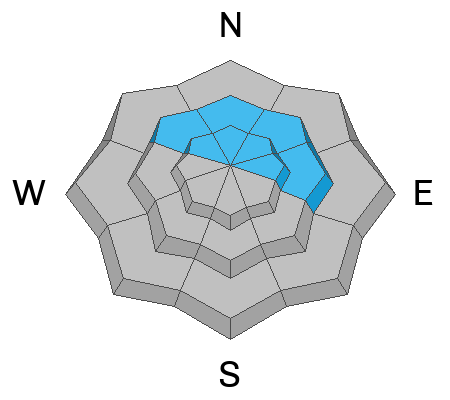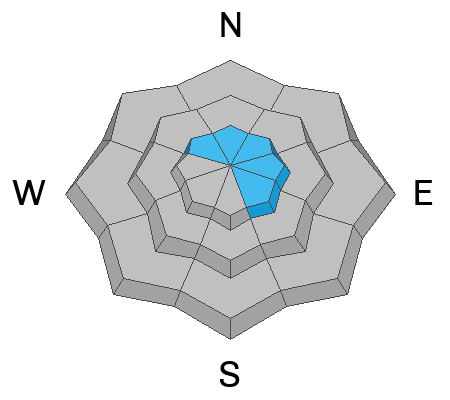Forecast for the Moab Area Mountains

Issued by Eric Trenbeath on
Saturday morning, December 14, 2024
Saturday morning, December 14, 2024
A MODERATE danger remains on steep slopes above treeline that face NW-N-E and human triggered avalanches failing on a buried persistent weak layer remain possible. In these same areas, you are likely to encounter shallow fresh slabs of wind drifted snow. Fresh drifts may also be found on slopes facing SE. Choose terrain wisely. Avoid rocky, radical terrain, slopes with steep convexities, and areas with a thinner snowpack. Also avoid slopes with recent deposits of wind drifted snow.
Most other terrain has generally LOW danger. Small avalanches on isolated terrain features remain possible, particularly on slopes with a northerly aspect.
Conditions remain thin and rocks, stumps, and dead fall still pose a significant hazard.
Conditions remain thin and rocks, stumps, and dead fall still pose a significant hazard.

Low
Moderate
Considerable
High
Extreme
Learn how to read the forecast here








